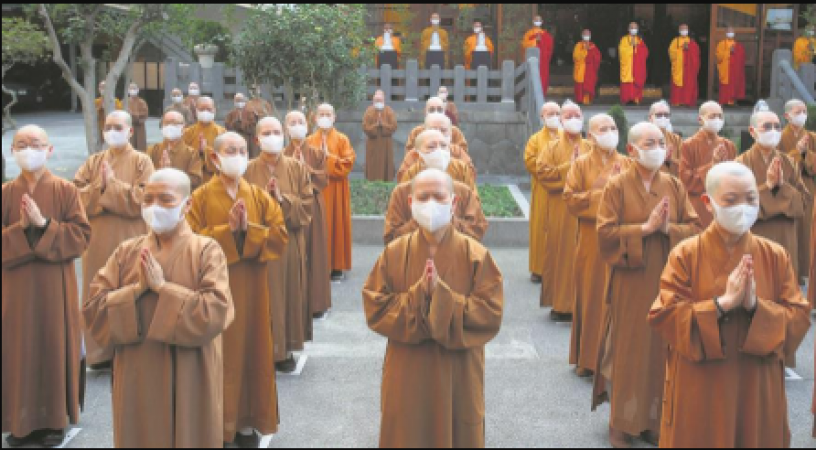
Beijing: The control of Tibet and Tibetan Buddhism is a major factor in China's recent incursions into Arunachal Pradesh. According to a report by Voice Against Autocracy, the oldest and second largest Tibetan Buddhist monastery outside China is located in Tawang in the state of Arunachal Pradesh.
The report further states: "Near India's borders with Tibet and Bhutan, the Tawang Galdan Namgye Lhatse Monastery is situated at an altitude of 10,000 feet with a spectacular view of the Tawang Chu Valley.
It was founded in 1681, according to the instructions of the 5th Dalai Lama." Tawang, which serves as the traditional homeland of ethnic Tibetans outside China, is still home to thousands of Tibetan families. The 6th Dalai Lama, Tsangyang Gyatso was also born in March 1683 at Tawang.
Also Read: Pope requests extra prayers for Benedict XVI, who is "very sick"
"Both Tawang and the Indian state of Arunachal Pradesh are included in South Tibet, according to China. After his death, succession will be a major issue as the current Dalai Lama is aging and reportedly not in the best of health" Voice Against Autocracy (VAA) informed.
China will attempt to nominate a new Dalai Lama of its choice in an effort to control Tibetan Buddhism. China believed that taking control of Tawang would increase its chances of capturing Tawang Monastery.
According to Voices Against Autocracy, Tawang Monastery may be a piece of the puzzle surrounding the political, spiritual and future of Tibet, currently embodied by the 14th Dalai Lama.
Due to growing unrest against Chinese President Xi Jinping in China, Tibet and Xinjiang, the Communist Party of China (CPC) is concerned about the current Dalai Lama's visit to Ladakh and Arunachal Pradesh.
Also Read: New Governor In Unrest: Economy Or Security? IRGC Man
According to a recent article in The Diplomat, China has a strong obsession with the ancient kingdom known as "Zhangzhuang". Chinese researchers and archaeologists are working on Zhangzhung in western Tibet.
The exact boundaries of Zhangzhung are up for debate. Some claim that it includes Gilgit-Baltistan, West Tibet, Nepal and a part of Ladakh. However, others argue that the kingdom only invaded a small part of Ladakh and the northwest corner of Nepal.
"Zhangzhong is vulnerable to exploitation and distortion because there is little information and certainty about it. The kingdom is important because it is linked to the many cultural and geostrategic dynamics that China is currently trying to influence.
Also Read: What do Ayesha and Stephen Curry think about religion?
Therefore, according to a report in The Diplomat, in order to protect its regional, cultural and geopolitical dominance in the region, Beijing actively engaged in historical revisionism by funding historians and archaeologists to provide a new account of Zhangzhuang. Is.